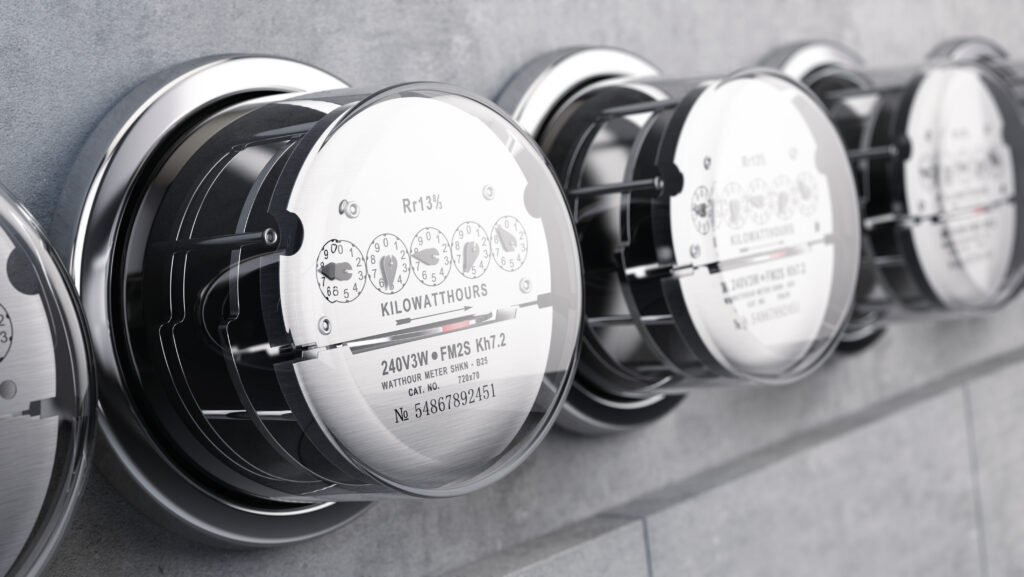
Kilowatt vs. kilowatt hour – they’re the same thing, right?
Wrong!
While they’re both units of measurement and somewhat related to one another, what a kilowatt (kW) and kilowatt-hour (kWh) measure differ. So what are the key differences? What are their similarities? We get to the bottom of it all in this post. Read on to learn everything you need to know about the key differences between a kW and kWh as well as some practical tips on how to save energy for your property:
What is a kW (kilowatt)?
When you think of a kilowatt in terms of energy usage, think of it in terms of demand. For instance, a kW measures power, or the rate at which an appliance or device uses energy. The higher the kW requirements of a device or appliance, the more power that’s required to operate it. Some appliances and buildings, for instance, have higher energy demands than others. One kW is equivalent to 1,000 watts and you can easily make the conversion by doing some simple math. So, for instance, a 100-watt appliance would have a power draw of 0.1 kW. A 1,000-watt appliance would have a power draw of 1 kW.
Take a light bulb, for example. The energy requirement is often around 0.1 kW, signifying a low power requirement when it is turned on. A household stove, conversely, has a higher power requirement, usually around 2 kW.
What is a kWh (kilowatt-hour)?
While a kW is a measure of power, a kWh is a measurement of energy. That is, the amount of energy that an appliance, device, or property needs to operate for one hour.
Based on the conversion that we noted in the previous section, one kWh is the equivalent of using a 1,000-watt appliance for one hour. For example, if you’re running a 1,000-watt home air conditioner, it would only take one hour for it to hit 1 kWh. But if you’re running a 100-watt appliance, like a ceiling fan, it would take 10 hours to reach 1 kWh.
What are the Differences Between kW & kWh?
As we’ve noted in the previous sections, a kW measures the power an electronic device consumes, while a kWh measures the energy it uses per hour. To conserve power and reduce your energy bills, you’ll want to invest in appliances that have lower power requirements. For instance, purchasing a 100-watt television set compared to a 250-watt set has a lower overall power draw, which means it will take longer for it to reach 1 kWh while in use.
How is Your Energy Usage Measured?
How is your energy usage measured? Just take a quick walk around your property and you should come across an electrical meter that’s located near the main electrical line entering your home. It’s these meters that the utility companies use to measure your property’s electrical usage. To get an accurate picture of your property’s energy usage, the rates you’re paying, and how it may have changed over time, access your energy bills.
Looking to Reduce Your Energy Costs?
Now that we’ve covered the differences between a kW and kWh, you can use this information to be better informed about the energy usage on your property. Knowing this information can also help you determine how you can reduce your property’s overall energy draw and save money on your utilities. Here’s a look at some tips for doing so:
- Take a look at the appliances that you rely on the most throughout your property. Find their power draw (watts) and determine how often you use them. Convert their power draw from watts to kW (if necessary) for a more accurate determination of how long each appliance takes to hit 1 kWh. Consider replacing big appliances that use a lot of energy with Energy Star-certified products or those that have lower kW and kWh ratings.
- Some easy fixes to reduce your power draw include replacing incandescent bulbs with more energy-efficient LED bulbs. A 60-watt incandescent bulb, for instance, consumes 60 kWh every 1,000 hours. A similar LED bulb would only consume 12 kWh over the same period.
Other practical tips for reducing your property’s energy consumption include simply turning off the lights when you’re not in a certain room, shutting appliances down rather than leaving them on standby mode, investing in energy-saving smart systems like motion-sensors and smart thermostats, and unplugging devices that aren’t used often. Investing in renewable sources of energy is another strategy.
Get Your Utilities Audited Today!
Another way to reduce your utility bills is to seek a utility bill audit. At Green Line Rates, we specialize in professional auditing services to help sniff out any rate change options, billing errors, compliance issues, and other problems that could affect what you pay in utility costs each month.
The process is simple, convenient, and risk-free – you won’t pay anything unless we’re able to identify savings. All we need is access to your utility bills and we’ll get to work reviewing and finding opportunities for you to save. After we conduct a thorough audit of your utilities, we’ll present the savings opportunities to you and then work to deliver them. In many cases, our services can help deliver up to 20 percent savings for properties, which can all help improve the bottom line.
For more information on the key differences between kilowatts and kilowatt-hours, conserving electricity on your property, and Green Line Rates’ utility audit service, contact us today. We’re standing by and ready to serve as your resource for helping you save money on your utility bills. Contact us today to schedule an initial consultation and get started.
